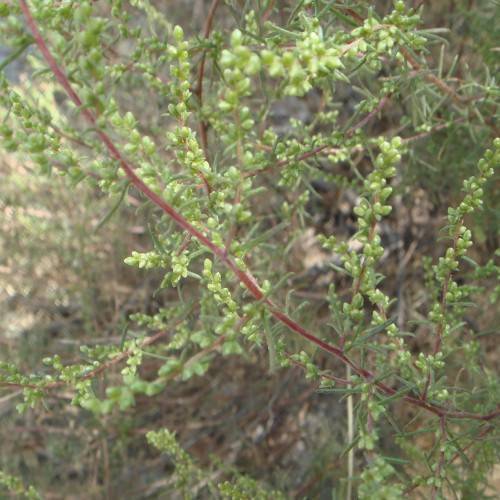
Northern Wormwood
Artemisia borealis subsp. borealis
Watering:
Frequent
Hardiness Zone:
Sun:
full sun,part shade
Leaf:
Yes
Growth Rate:
Low
Drought Tolerant:
Yes
Salt Tolerant:
Yes
Care Level:
Medium
watering
Bulbous Oatgrass should be watered thoroughly once every 1-2 weeks, depending on the season and light conditions. The soil should remain moist but not soggy. If the soil feels dry, give the plant a generous amount of water until water begins to run out of the drainage hole at the bottom of the pot. In the summer months, Bulbous Oatgrass may need to be watered more frequently.
sunlight
Bulbous Oatgrass thrives best in full sun and requires at least 6 hours of direct sunlight per day. For optimal growth, the ideal time to plant this grass is during spring and early summer months, when temperatures and sunlight are highest. Be sure to place bulbs in areas that receive maximum sunlight throughout the day, such as open meadow areas or along the southern edge of a garden. The plant will not thrive and produce the desired results in shady areas.
pruning
Bulbous Oatgrass (Arrhenatherum elatius subsp. bulbosum) should be pruned in the late winter or early spring. Pruning can be done by removing any dead, dried, or diseased foliage and stems. Thinning the grass by cutting back some of the taller stems can also be done to encourage further growth. Make sure to leave some of the stems intact for a fuller looking grass when they sprout. Pruning more than half of the grass should not be done as it can shock the plant and reduce its growth.
